Les élèves de 5eme ont été sensibilisés à la gestion des déchets lors de la visite de l’exposition « Ma maison, mes déchets et moi » installée cette semaine par CAP NORD au sein de la cité scolaire Frantz Fanon.
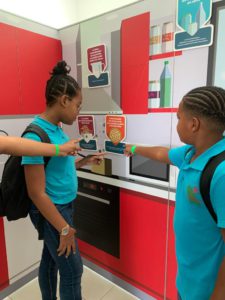
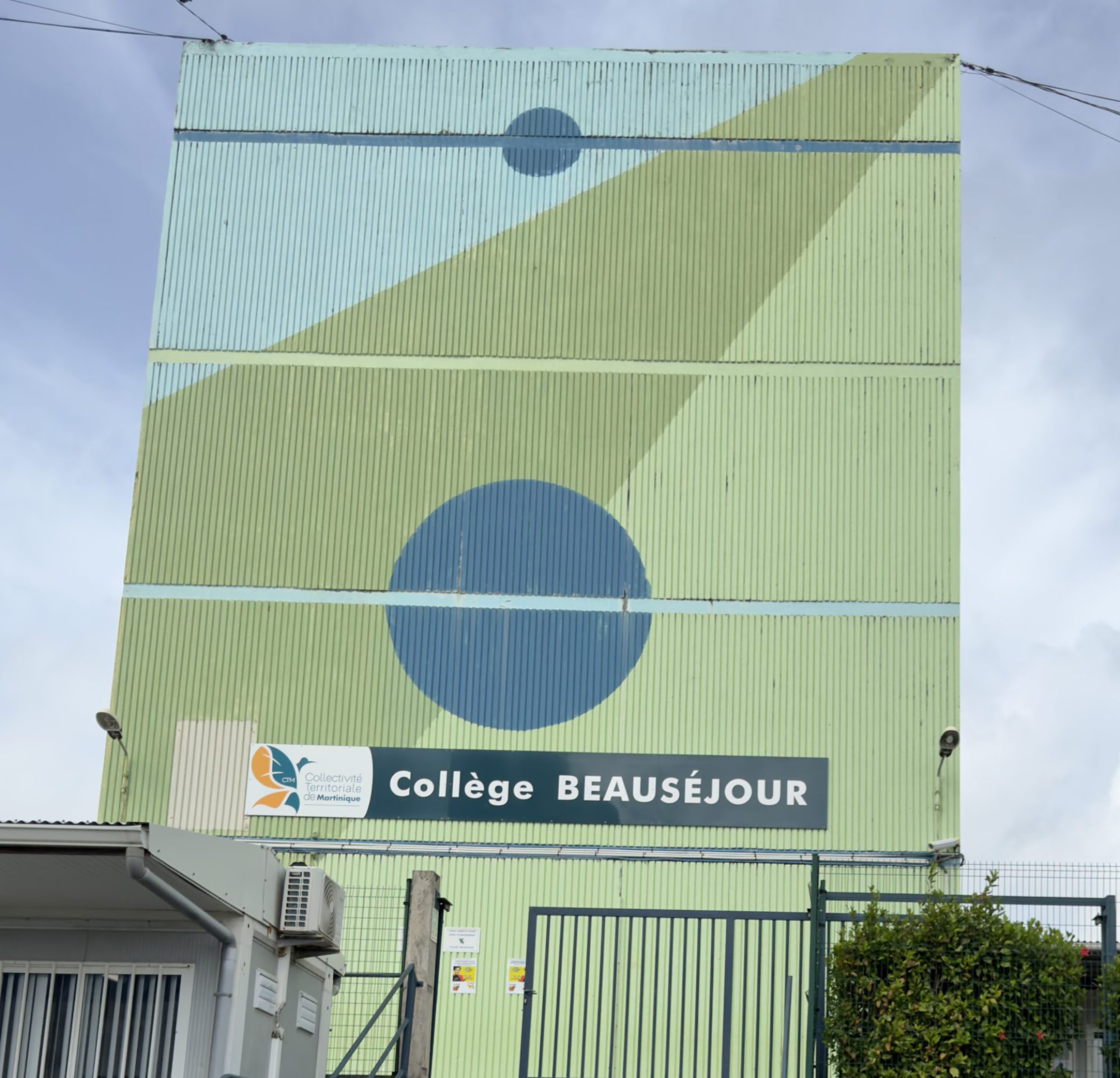
Trinité – Académie de la Martinique
Les lauréats du diplôme national du brevet et du certificat de formation générale (CFG) ont été mis à l’honneur lors de la cérémonie républicaine de remise des diplômes, le samedi 15 octobre 2022.
Ils ont été félicités par toute la communauté éducative en présence d’un représentant de la municipalité, des représentants de parents d’élèves, de l’inspectrice de la circonscription et des chefs d’établissement de la cité scolaire.
Taux de réussite :
Félicitations à l’ensemble des lauréats et merci à tous ceux qui ont contribué à leur réussite.
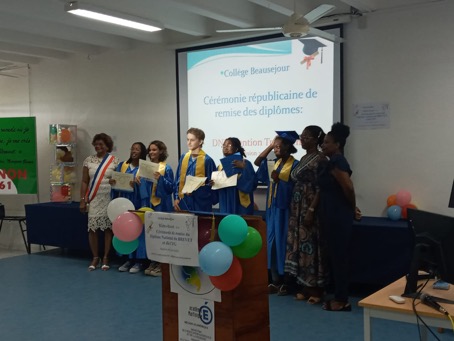
Une vingtaine d’élèves de 3e du collège Beauséjour ont participé ce jeudi 13 Octobre à la journée Portes ouvertes : Les coulisses du bâtiment organisée par Maison Beterbat au Robert.
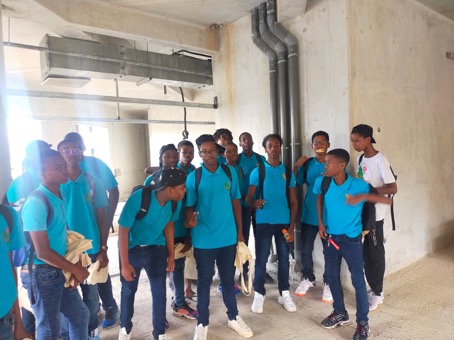
Les élèves ont pu poser beaucoup de questions. Certains, intéressés par le BTP devront approfondir leurs recherches afin de savoir vers quelle formation ils pourront se diriger en fin de 3e.
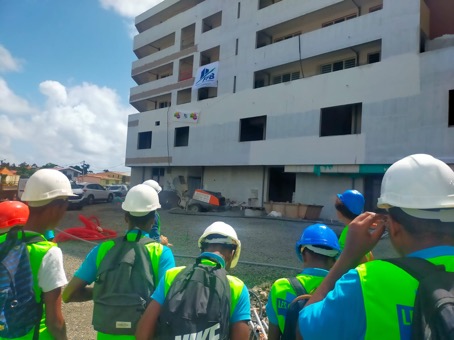
Ils ont pu observer des maçons, conducteurs d’engins, des peintres, des plombiers, discuter avec un maître d’ouvrage.
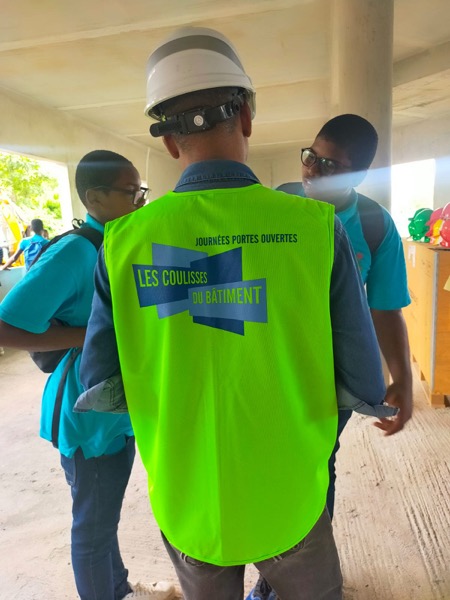
Une présentation de ce domaine d’activités permettrait aux autres élèves du collège de découvrir les différents métiers du BTP ainsi que les formations après la 3e.
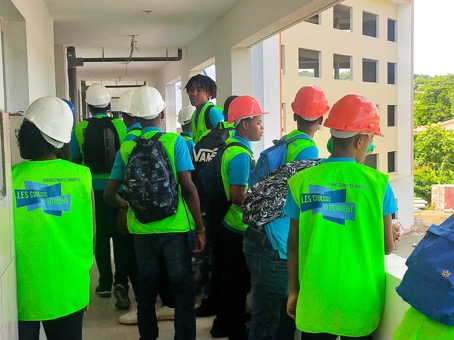
MISAINE Marietta
Dans le cadre de la formation à l’Education au Développement Durable, les éco-délégues ont participé à la réalisation de « la fresque pour le climat » avec les intervenants académiques à la Vie Lycéenne et Collègienne. Cette action avait pour objectif de les sensibiliser aux conséquences du réchauffement climatique de notre planète.
Gladys NORCA LARCHER
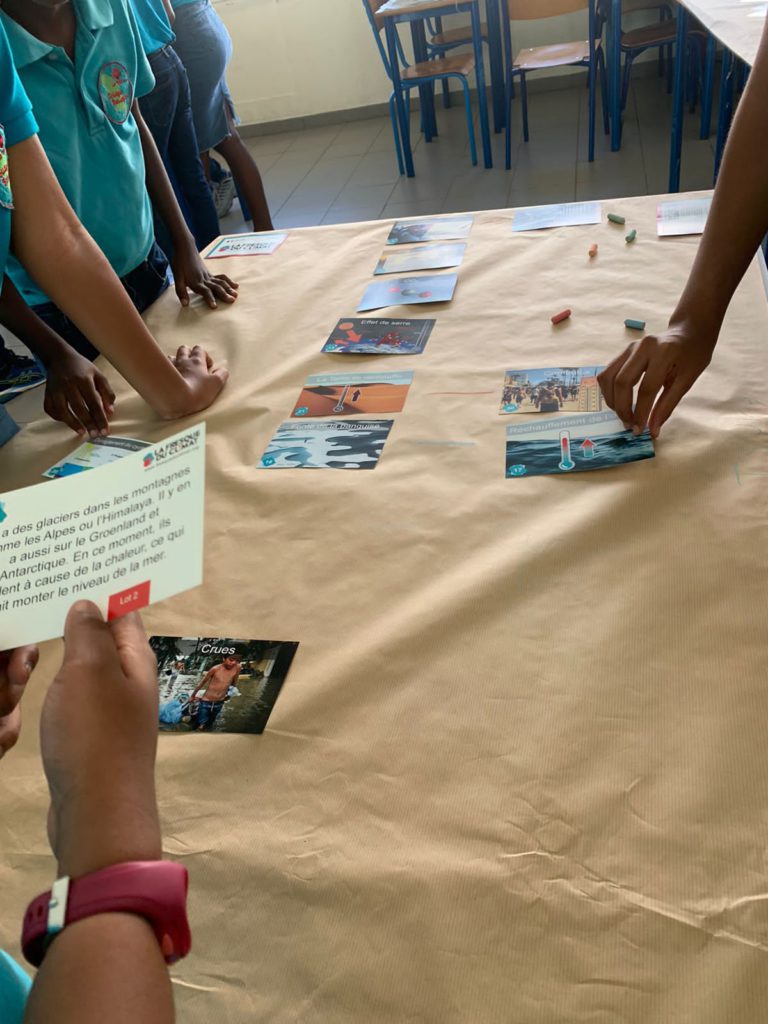

ORIENTATION 3e- Sortie pédagogique.
Village des métiers à Saint -Pierre organisé par la Mission Locale Nord Martinique.
Le jeudi 15 septembre 2022, 36 élèves de 3e du collège de l’enseignement général et spécialisé ont visité le village des métiers sur la Place Bertin dans la commune de Saint- Pierre.
Ils ont pu interroger des professionnels, recueillir des informations afin de compléter leurs recherches concernant leur orientation post 3e.
Curieux et enthousiastes, certains ont découvert de nouveaux métiers et pourraient s’orienter vers celui de marin pompier, ou encore de gendarme adjoint.
Tous les élèves ont parcouru les 18 chapiteaux sous un soleil de plomb et sont revenus satisfaits de leur visite avec l’espoir de pouvoir poursuivre leurs recherches et être prêts pour leur orientation.
Les professeurs principaux de 3e ainsi que la CPE entendent bien continuer cette année à former les élèves afin qu’ils soient acteurs de leur orientation et qu’ils bénéficient, dès le début de l’année scolaire, des programmes des différents partenaires autour de l’orientation et de la formation.
Mme MISAINE, professeur principal